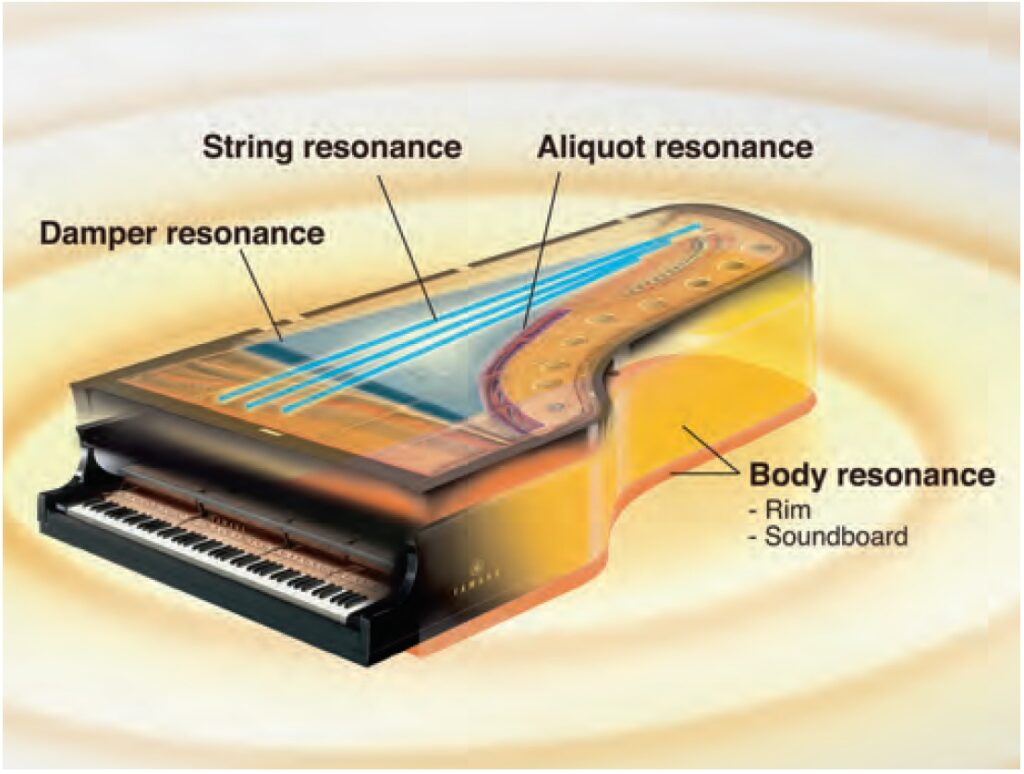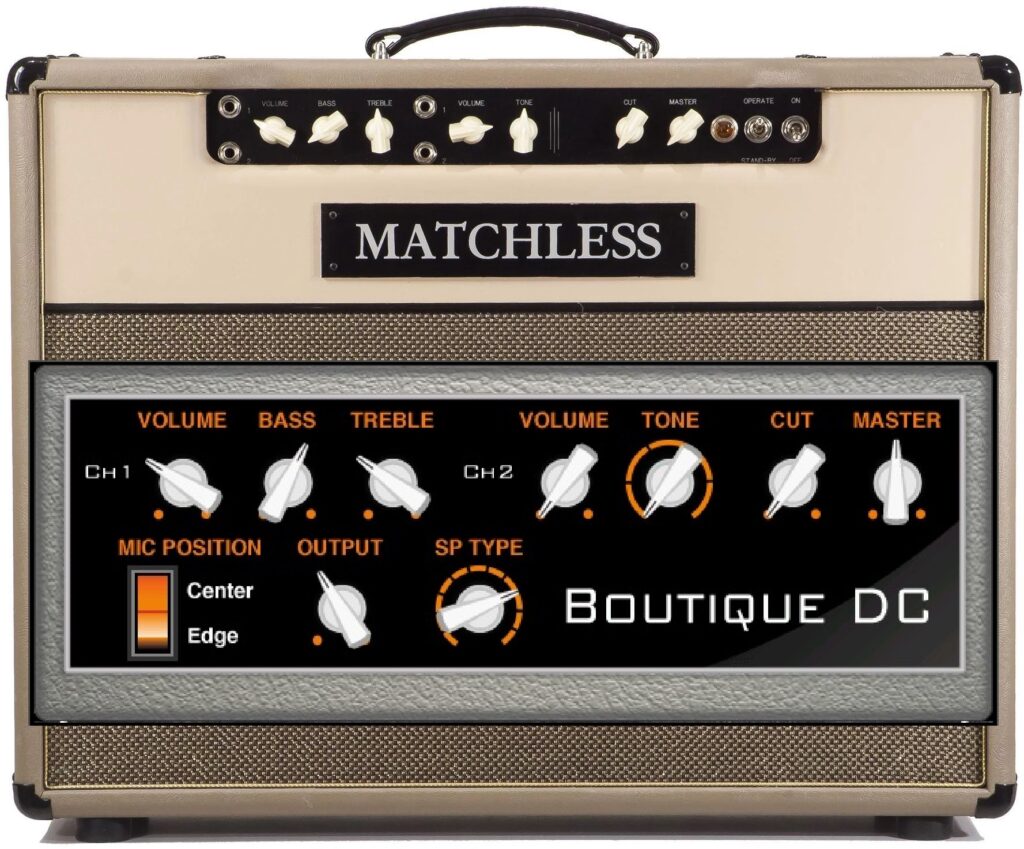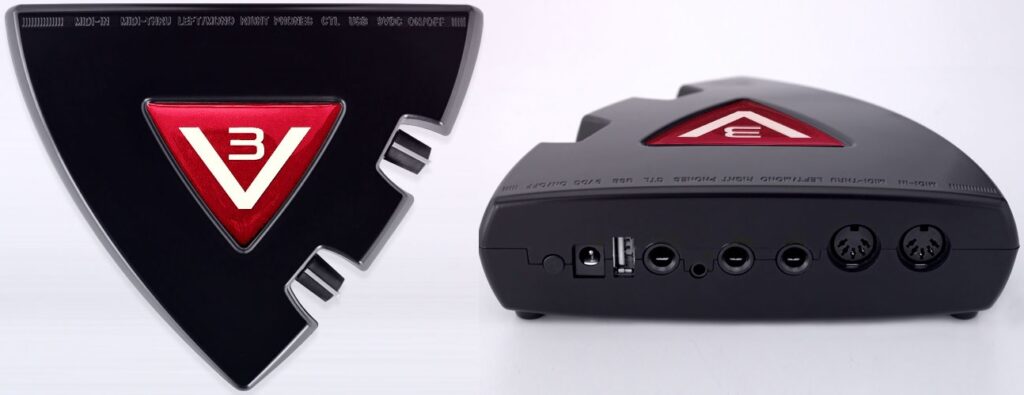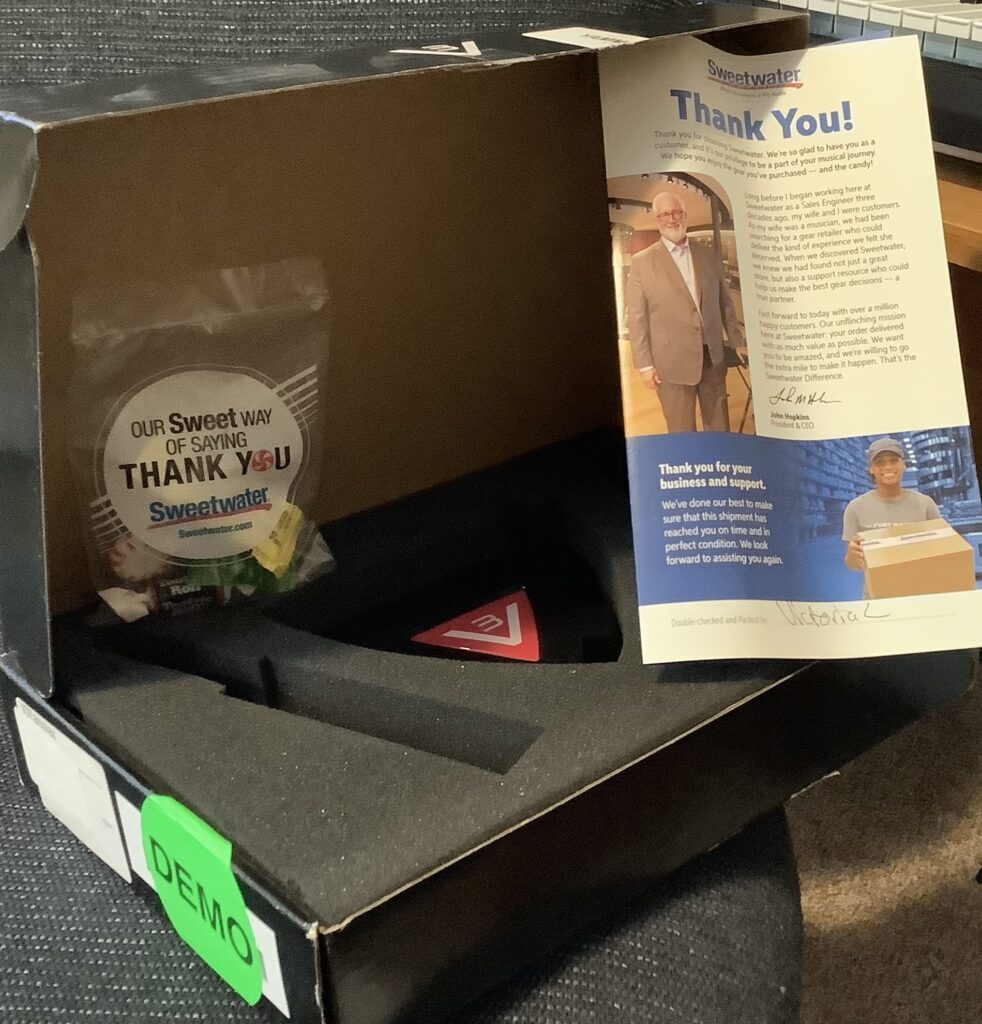Yamaha Genos and PSR-SX900 arranger workstations have a feature called “Chord Looper”. Chord Looper records your left hand chords and saves them in a memory slot. (8 slots per Chord Looper bank.) Once recorded and saved, you can play back the chord progression and play over the changes. Neat.
Obviously, one way to enter a chord progression is to play it in. Let’s say, that the chord progression is long and has jazz chords like the Coltrane changes (AKA “Giant Steps”). These changes are notoriously difficult to solo over because the changes come fast, furious, and in three different scales! On top of musical difficulty, Chord Looper does not allow edits. Make a mistake and you need to record the entire sequence over again. So, folks are looking for ways to create and edit Chord Looper progressions.
Chord Looper CLD files
Fortunately, Chord Looper let’s you import and export individual chord progressions (i.e., a slot). Chord Looper exports a progression into a file with the CLD extension. Henceforth, I will call these files “CLD files”.
A CLD file is actually a Type 0 Standard MIDI File (SMF) in disguise. You can examine (or possibly edit/create) a CLD file by renaming the extension to “MID”. Once renamed, conventional software tools (Cubase, SONAR, etc.) will recognize the renamed CLD file as a Type 0 SMF and import it.
A CLD file recorded by Chord Looper is very simple inside. It contains a sequence of Yamaha XF chord events, one event for each chord change. Here are the metadata events for a simple progression (C-Am-F-G) played in by hand:
Chord Symbol 1.1.1.0 Metadata Chord: C/C
Chord Symbol 1.4.4.112 Metadata Chord: Am/A
Chord Symbol 3.1.1.34 Metadata Chord: F/F
Chord Symbol 4.1.1.40 Metadata Chord: G/G
Each event specifies the chord root, chord type and alternate root bass. That’s it! A CLD file does not contain any other kind of event (notes, controller, time signature, tempo, etc.)
Each chord is a Yamaha XF Metadata chord event. The event time is the time of the chord event, i.e., when the player changed the chord and Genos recognized the chord. In the example above, the chord was changed at the beginning of each measure (sometimes a little early, sometimes a little late).
Chord STEP EDIT to CLD
Folks on the PSR Tutorial Forum have found a few ways of creating CLD files using existing software tools. Flip over to the forums and check out some of the Chord Looper threads.
Here’s a new method!
Yamaha arrangers have long supported a basic MIDI sequencer and editor. Like many software editors, the Yamaha sequencer supports step edit, letting you enter notes, control events, etc. with precise timing. One better, the Yamaha sequencer supports Chord STEP EDIT through which one can easily enter a chord sequence from a lead sheet into a separate chord track.
Thus, it’s possible to enter a chord progression easily using STEP EDIT and save the progression in a Type 0 Standard MIDI File. Initially, the progression is stored in a special part (Cds chunk) within the SMF. DAWs and so forth ignore the special proprietary data and typically delete it when writing the file back to MIDI. This kind of Chord STEP EDIT data does not contain the Yamaha XF chord events needed by Chord Looper. If you import one of these files into Chord Looper, Chord Looper comes up empty.
Once you EXPAND the step edit chord sequence, however, the expansion process creates Yamaha XF chord metadata events along with the notes and other MIDI events for the accompaniment parts. That’s the normal compositional process anyway — step edit the chord part, expand the chord part using the selected style, and save the expanded file as a Standard MIDI File.
One fly in the ointment. The Yamaha arranger software hides file extensions. This streamlines user workflow, but it inhibits interesting experiments! So, save the expanded MIDI file to a USB flash drive, take the flash drive to a personal computer, and rename the expanded SMF. Replace the “MID” extension with “CLD”. Copy the CLD file to the flash drive and reinsert the flash drive in the arranger workstation.
Import the newly renamed CLD file into Chord Looper. Voila! Chord Looper scans the file and produces a chord progression using the embedded Yamaha XF chord events. If you export the progression as a different CLD file, the exported data includes all of the other MIDI data, e.g., notes, etc. [I wouldn’t count on Chord Looper always doing this; software subject to change by Yamaha.)
Bottom line: If you pine to create and edit Chord Looper progressions with precision, use Chord STEP EDIT to create the progression, expand the backing, save as a Standard MIDI File, replace the file extension with CLD, and import into Chord Looper. Of course, you need to rename the MID file to a CLD file using a personal computer, but that’s a small hassle. Give it a try!
I tested this procedure on Genos with the Coltrane changes. Once the progression was captured in Chord Looper, I could try different tempos and different styles. Those changes do come fast and furious indeed!
Copyright © 2022 Paul J. Drongowski





